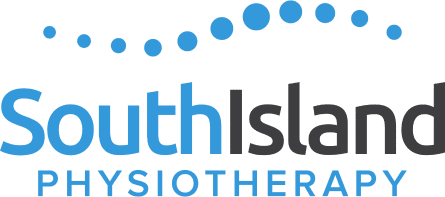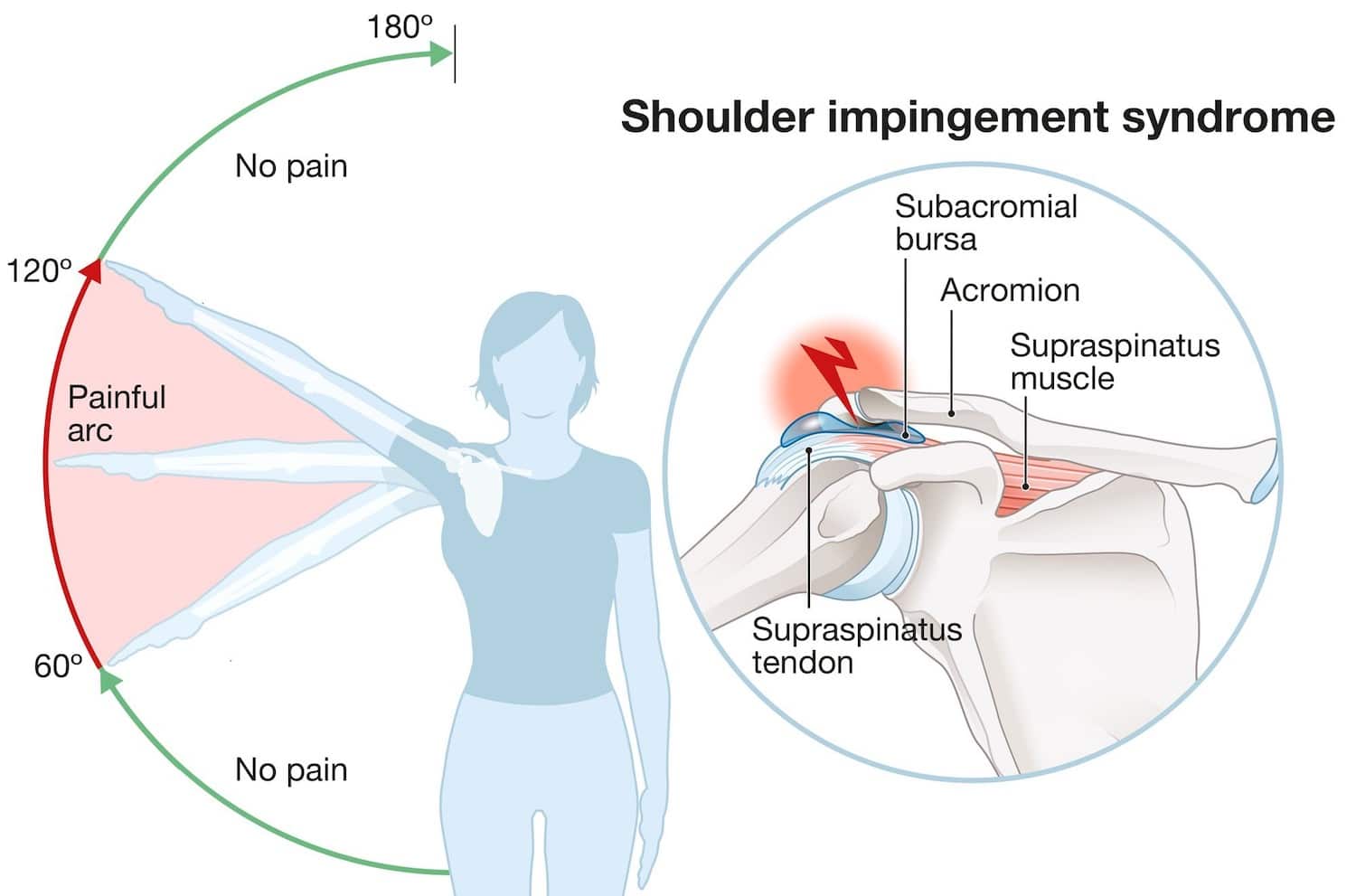What You Need to Know About Shoulder Impingement Syndrome
Shoulder impingement syndrome is one of the most common complaints we see in the clinic. It’s also one of the most misunderstood by patients. Impingement suggests that something is pinching, and it is commonly explained this way. This may be true in some cases but we need to ask a bigger question:
Why is the tendon pinching in the first place and how relevant is this?
If we look at the condition as a symptom rather than a cause, it opens up a myriad of possibilities for treatment that may produce more durable results. So without further ado, let’s have a look at 3 categories of shoulder dysfunction, how shoulder impingement may manifest in each, and how to begin the process of recovering from the shoulder pain.
3 Types of Shoulder Pain
- The Stiff and Painful Shoulder
Limited shoulder motion due to joint changes causes a stiff and painful shoulder. Physical examination will often show the shoulder’s inability to move freely and fully; both by the patient and the therapist. This inability to fully move the shoulder is often found with conditions like Frozen Shoulder (Adhesive Capsulitis) or Osteoarthritis.Both types of shoulder conditions create changes in the joint and tissues that can limit the range of the shoulder joint and consequently cause the scapula (shoulder blade) to rotate early. Over time, this inefficient arm movement can irritate structures in the shoulder (like a tendon or bursa), which can cause pain.To treat the cause of shoulder pain in this category of conditions, our focus is to improve the quality of shoulder mobility and use exercises to strengthen the supporting muscles.In the long term addressing the underlying causes of disease states like arthritis should be of interest for injury reduction….. but that’s a post for another time. - The Weak and Painful Shoulder
This category of shoulder pain is the broadest. It includes everything from rotator cuff injuries (which is a broad category in itself) to bursitis, ligament sprains or any other trauma that may reduce the shoulder’s ability to produce or tolerate force. In this presentation of shoulder impingement, physical exam often reveals that full passive movement can be achieved, but active cannot.Your physiotherapist will perform specific testing for shoulder function to target exercise strategies and customize pain relief efforts. The structural diagnosis doesn’t have a significant effect on the treatment plan in this category unless surgical intervention is a possibility. People with shoulder impingement in this category do best with a focus on pain relief followed by a customized and progressive exercise strategy.One of the most important indications of impingement is the “Cuff Strength Ratio,” used to assess the relative strength of the rotator cuff muscles. Cuff strength needs to be 1:1 internal to external rotation, meaning the patient must have equal parts strength in these ranges of movement. If not, the shoulder cannot centre in the joint properly which can cause mechanical compression in the subacromial region (the area underneath the acromion), and shoulder impingement occurs. Dedicated retraining exercises to resolve this deficit can greatly improve persistent symptoms. - The Unstable and Painful Shoulder
This injury carries the most trauma but isn’t necessarily the most complicated. Injuries in this category are represented by shoulder dislocations, subluxations or anatomical anomalies that may present a higher risk for instability of the shoulder. Common symptoms with these types of injuries often include fear, pain, and a sense of instability that can lead to guarding behaviours which manifest as impingement syndrome of the shoulder.The clinical term for this is “scapular dyskinesia,” which means abnormal movement or positioning of the shoulder blade during movement. It presents as shoulder shrugging and lifting the upper arm to achieve the desired motion. Unfortunately, this movement pattern can cause irritation to a rotator cuff tendon and create pain in the shoulder. The treatment for shoulder impingement here is to restore confidence in movement through gentle exercises to explore ranges of motion, followed by progressive strengthening exercises to get the shoulder more stable in its socket.Shoulders are one of the most common injuries we see in our line of work, and understandably so. They are the most mobile joint in the body, and tendons of the rotator cuff undergo many forms of stress. They need to be prepared to meet the demands of their life and although the injury process is complicated, the treatment plan doesn’t have to be!
Shoulder Impingement Syndrome FAQs
Does shoulder impingement go away on its own?
It is possible for shoulder impingement to go away on its own, but it depends on the severity and cause of the impingement. In many cases, reducing or modifying irritable activities for a period of time then strategically re-introducing them can help resolve symptoms. In rare cases, impingement symptoms may need further medical support and a physical therapist is perfectly equipped to help determine if this is required.
Does shoulder impingement require surgery?
It is rare for shoulder impingement to require surgery. Treatment options for shoulder impingement can include activity modification, physical therapy, anti-inflammatory medications, and corticosteroid injections. In some cases where conservative treatment does not improve symptoms, surgery may be indicated but this is a last resort. The decision to have surgery will depend on the severity of the impingement and the individual patient’s needs and goals.
Will shoulder impingement show on MRI?
Shoulder impingement does not show up on an MRI as it is the consequence of movement. MRIs take pictures while the patient is still. MRIs can visualize soft tissues such as tendons, muscles, and ligaments and can detect potential abnormalities in these structures that may influence impingement. Having said that, MRIs do now show pain and the findings must be taken into account with patient experience to determine their relevance. A clinical exam by a physical therapist is usually the first step in diagnosing shoulder impingement, and an MRI may be ordered to confirm or further evaluate the diagnosis.
We hope you have gained a better understanding of shoulder impingement syndrome and how it can be effectively managed. At South Island Physio, we offer a wide range of treatment options for shoulder impingement syndrome, including physical therapy, manual therapy, Shockwave Therapy, IMS/dry needling and exercise programs tailored to your specific needs. If you are experiencing shoulder pain or discomfort, we encourage you to book an appointment with one of our experienced therapists today. Our team is here to help you get back to doing the things you love, pain-free.
Your best days are ahead of you! Make your move and let’s get your shoulder serving you and your joy!

